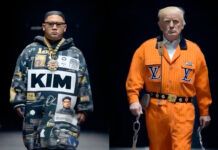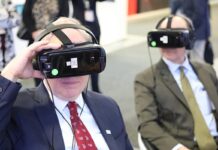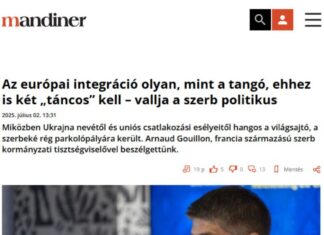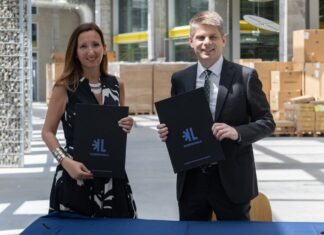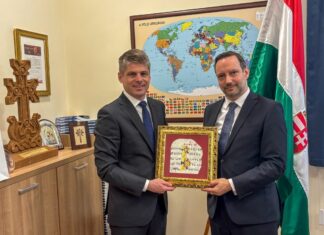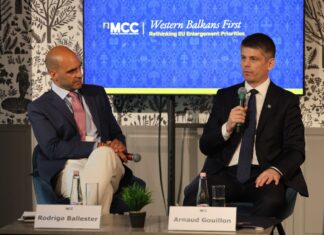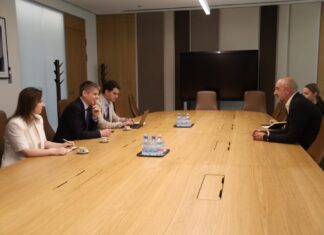For nearly a decade, the term digital diplomacy has been closely associated with social media. In many MFAs, digital diplomacy units are actually tasked with managing social media empires that span hundreds of accounts across numerous platforms. Although social media has remained central to the practice of digital diplomacy, its use has changed over the years. Between 2008 and 2014, social media was mostly viewed as an instrument of public diplomacy or a means through which diplomats could converse and build relationships with digital publics. Between 2014 and 2020 the use of social media altered as diplomats became primarily concerned with combating misinformation and debunking misinformation campaigns waged by different states. Since 2020, the use of social media has shifted yet again with diplomats practicing domestic digital diplomacy in which they target their own citizens. Such was the case during the Covid19 pandemic when diplomats used social media to repatriate citizens stranded abroad and demonstrate MFAs’ contributions to national efforts to stem the spread of the pandemic.
Importantly, social media has also changed over the past decade. First, the number of communicators which can influence public opinion and public perception of world events has grown. In addition to diplomats, journalists and bots, social media are now filled with influencers, digital Ambassadors, analysts and Open-Source Intelligence (OSINT) experts all of whom use social media to narrate world events and crises. As a result, social media have become competitive arenas in which diplomats vie over public attention opposite numerous actors. Additionally, social media has fragmented with the advent and growing popularity of newer platforms including Telegram and TikTok. This fragmentation is likely to increase with the decline of Twitter/X which has descended into anarchy and toxicity since its acquisition by Elon Musk and its political use to secure the election of Doland Trump.
Finally, social media content has become increasingly radicalized in light of the attention economy. On social media, communicators seek to summon and retain the attention of social media users who are always scrolling onto the next tweet or post. To do so, communicators resort to attention grabbing tactics. These can vary from using all caps messages in tweets to including graphic images of violence and death in tweets to using humor and pop culture references. Diplomats and MFAs now also engage in these tactics. While Ukraine publishes graphic videos of Russian soldiers dying on the battlefield, the UK Foreign Office and the US State Department have experimented with the use of humor to negate public expectations and summon users’ attention.
Notably, social media was always a problematic medium for diplomats given the ease with which messages can backfire and cause public outcry; the various means through which digital campaigns can be hijacked; the ease with which images and videos can be manipulated for disinformation purposes and the need to explain complex foreign policy decisions and events in 280 characters. With the radicalization of content, the fragmentation of audiences across more platforms and the constant need to compete over attention some MFAs have gone back to launching and managing websites. Such is the case with Ukraine which uses social media to refer users to two main websites- the Brave Ukraine page which brands Ukraine a defiant and heroic state combating a violent aggressor and the United24 website used crowdfund aid for Ukraine.
Although websites may seem an archaic form of digital diplomacy, they may be staging a comeback. Indeed, websites hold several advantages over social media. First, websites pull individuals out of their social media feeds. This alone may impact users’ attention and their willingness to engage with content created by diplomats. The logic, behavior and attention span of social media users are defined by the act of constant scrolling. But this is not the case with website visitors who may take time to read and discover various parts of a website. The mere act of yanking users out of their social media mindset and redirecting them to websites may help diplomats retain the interests of digital publics.
Second, MFAs and diplomats do not face competition on their own websites. Unlike social media, diplomats do not need to compete with other communicators or invent new forms of content to summon users’ attention. Once social media users have entered a website, there is only one narrator and one communicator- the MFA. Third, websites can offer much more information than a single post or tweet. Through websites, diplomats can use digital technologies to offer visitors information and something that Is always missing on social media- context.
For example, it is all but impossible for diplomats to narrate present day crises and offer the context necessary to understand present day conflicts on social media. The reason being that today’s world is marked by complex geo-political crises that involve the interests of many state and non-state actors. Such is the case with the dramatic events unfolding in Syria over the last three weeks. But on websites, diplomats can use interactive features to offer this context and thus help digital publics make sense of complex geo-political crises. For instance, interactive maps could be used to break down who controls what territory in Syria while videos may be used to explain how the situation in Syria is linked to the Russia-Ukraine War.
Finally, websites can enable MFAs to best leverage their digital assets. For instance, the UK FCO has maintained an active blogosphere for many years. Blogs posted on the FCO websites are authored by different diplomats working in different arenas. Studies have shown that digital publics want to learn about their world and that they view diplomats, and Ambassadors in particular, as authoritative sources of information. Through websites, MFAs can publish analyses authored by diplomats and Ambassadors while showcasing diplomats’ various activities across the globe. In this way, MFAs can both demonstrate their importance to managing world affairs and offer insight into events and actors shaping the world. For all these reasons, it is possible that websites are both the past, and future, of digital diplomacy.





